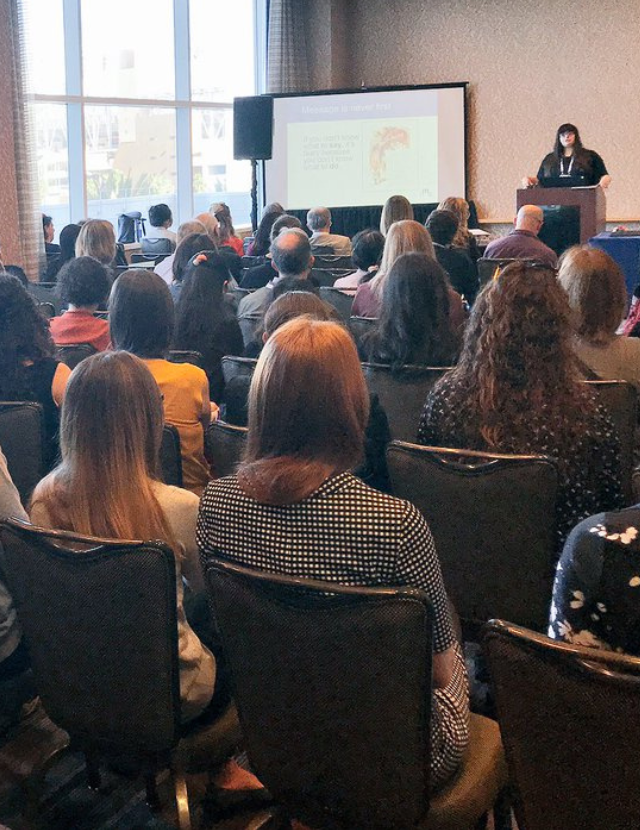Making the Case for Public Health
Program
Highlights

To help build the case for why public health is needed in communities, PHI’s Berkeley Media Studies Group, Real Language and partners supported strategic communication approaches to understand problematic narratives around the current attacks on public health’s authority and identify opportunities for improvement.
5 Key framing recommendations on how to make the case for public health amidst political and legal challenges
25 Public health practitioners and advocates trained to better communicate support for strong role for government in protecting the public’s health
500 Public health practitioners and advocates attended a webinar training on how to build the case for why public health is needed in communities
-
Focus Areas
Capacity Building & Leadership -
Expertise
Media Advocacy & Communications
It is critical that public health practitioners and advocates are equipped to speak about why “public health” is needed to keep our communities safe and healthy and to protect the public against infectious diseases. Spurred by the COVID pandemic and response efforts, critics have tried to roll back public health powers and diminish the authority of public health officials and agencies.
In 2022, the Public Health Institute’s Berkeley Media Studies Group (BMSG) and Real Language, with support from ChangeLab Solutions and the Act for Public Health group, assessed media narratives related to attacks on public health’s authority in order to identify problematic language and opportunities for improvement. BMSG published a report and messaging guide with 5 key recommendations for change, to help practitioners and champions make an effective case for public health.
The five key framing recommendations include:
- Frame public health as indispensable, using metaphors when possible. The more a frame repeats and demonstrates public health as indispensable, the easier it will be for people to see public health’s necessary role in our society.
- Lead with strengths and achievements, not deficits and weaknesses. Showcasing what public health does well and what it can do for the greater good reminds audiences of the value of public health and why it is worthy of our public resources.
- Boost the public’s confidence in public health, by using precise, active language and compelling images that demonstrate the field’s competence. Now that self-interested political actors are actively trying to undermine its role, it is crucial that people understand public health’s purview and why public health’s authority is necessary to keep whole communities safe and healthy.
- Use plain but descriptive language so anyone can understand what’s at stake. While decision-makers may be the primary audience, the media reach the public and our secondary audiences as well, and if they understand our words, they will have an easier time repeating the messages and pressuring decision-makers.
- Emphasize how these bills block public health’s job to keep our community safe and healthy. When advocating against a bill, you will always need to describe clearly and succinctly what public health is and why its authority to keep everyone healthy must remain intact.
More than 1,500 unique page views of the report were tracked, and users spent an average of 4 minutes and 30 seconds on the page. Read a summary of the report and messaging guide, co-authored by BMSG and Real Language.
During this same year, BMSG partnered with ChangeLab Solutions and Real Language, a language and linguistics strategy firm, to conduct trainings and webinars to learn the specifics around the attacks on public health in different states and then design and conduct a two-part training to guide public health practitioners in developing and delivering messages that support a strong role for government in protecting the public’s health.
The trainings demonstrated how messages are driven by a group’s overall strategy and provided participants with skills to effectively evoke their values, succinctly describe problems, and focus on solutions. The training was followed by an educational webinar for a broader audience, to discuss best practices for strategic communications and how to respond to tough opposition. Recommended messages were presented in the report highlighted above.
BMSG trained 25 participants and an estimated 500 people participated in the educational webinar. This work led to several other presentations, including a presentation at the American Public Health Association Conference. The report, trainings and webinars supported the work of advocates by supplying them with the messaging tools necessary to successfully communicate with key target audiences regarding their public health work and amidst legal challenges.
Work With Us
You change the world. We do the rest. Explore fiscal sponsorship at PHI.
Support Us
Together, we can accelerate our response to public health’s most critical issues.
Find Employment
Begin your career at the Public Health Institute.
